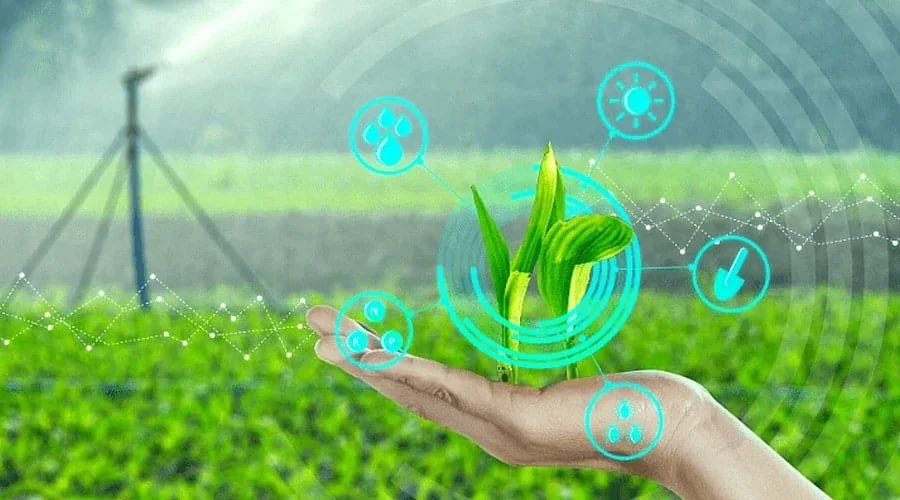



Article by: Hari Yellina
Australian tree mapping technology has caught the attention of South African macadamia growers, and they want in. The Applied Agricultural Remote Sensing Centre (AARSC) at the University of New England (UNE) will assist the world’s largest macadamia producer in better understanding the industry’s output capacity. As South African output grows at a rapid pace, industry group Macadamias South Africa (SAMAC) has turned to AARSC for assistance in mapping the industry’s dispersion and quantifying its area. Professor Andrew Robson, AARSC director, said the organisation has built procedures to produce national mapping of orchards and enhanced production forecasts, both essential outputs desired by SAMAC, over the previous seven years of engagement with the Australian macadamia industry.
“Our goal will be to map the new crops,” said professor Robson, “although they cannot be tracked using satellite images alone.” “We may encourage industry stakeholders to contribute to the map using location-based solutions.” South Africa has more than 50,000 hectares of macadamia plantations, which generated 53,600 tonnes of nut in shell (NIS) in 2021, nearly entirely for export. Every year, more than 5000 hectares are added to the country’s capacity. In instance, the Australian Tree Crop Map created by AARSC now indicates more than 33,000ha of domestic plantings, averaging 46,000 tonnes NIS, according to industry estimates.
The Australian Macadamia Society (AMS) now knows the size of the industry at local and national scales almost to the hectare, thanks to previous work by AARSC to map Australia’s macadamia industry, and is using research and development provided by AARSC to better understand tree health and yield potential. The true size of the sector in South Africa, where SAMAC has only been able to evaluate recent development through nursery tree sales, is unknown. The South African macadamia sector is significantly more spread than its Australian counterpart, according to SAMAC research and development manager Dr Elrea Strydom. According to Dr. Strydom, there are roughly 350 emerging producers with considerably smaller orchards than established commercial growers, and while they can’t produce the same amounts as commercial growers, they can still make a profit.
New orchards are also springing up in places like the southern and Western Cape, south of the main producing areas in Limpopo, Mpumalanga, and KwaZulu-Natal. “With the expected exponential increase in worldwide macadamia output in the future years, we need reliable figures for planning purposes so that SAMAC can create sufficient demand for our product,” Dr. Strydom added. “We’re hoping that AARSC can replicate its work with the Australian macadamia sector and develop a map showing the location and extent of all macadamia plantations in South Africa, as well as tree age distribution and yield estimates,” says the group. “Not only will this help us anticipate agricultural yields, but it will also help us better understand industry demographics, biosecurity readiness and response, and R&D projects.”
The Australian Macadamia Society (AMS) awarded AARSC the 2021 Innovation Award in honour of a seven-year collaboration between research and industry that resulted in a world-first continent-wide map of macadamia orchards and is already supplying yield forecasting tools. AARSC’s mapping has yielded some unexpected benefits, such as a swift assessment of how the 2019 bushfires impacted macadamia orchards on Australia’s east coast, and a platform to quickly assess prospective impacts from natural disasters such as strong storms and cyclones. It had been an incredible pleasure working with AARSC, according to AMS CEO Jolyon Burnett. “They’re one of the most industry-focused research organisations we’ve ever worked with.” They’ve kept a proactive attitude, continuously searching for ways to add value to what we’re attempting to do.